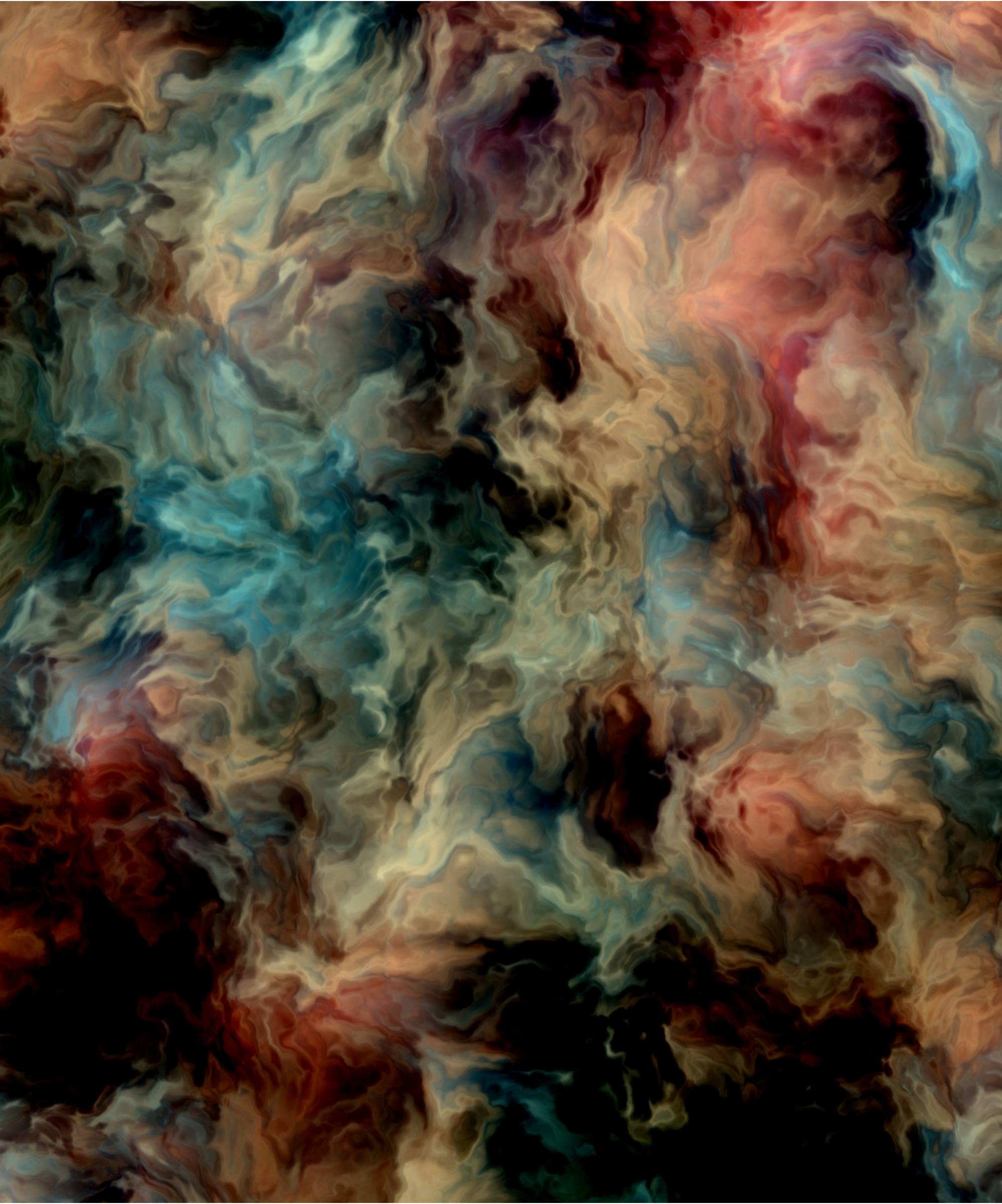Over the past few months, I’ve had many conversations with people who are attempting to wrap their heads around NFT’s. So I thought I would take the time to put some of my thoughts down on paper and try to explain why they are valuable and why they are taking off in popularity.
Intro
NFT’s are Non-fungible tokens. So what does this mean? If a woman gives you 1 dollar and a man gives you one dollar. You have 2 equal dollars. These dollars are interchangeable. They represent the same thing. They are fungible.
Each NFT on the other hand is not fungible. Every token is unique (in most cases). They are not equal. This means they are able to represent unique objects like a piece of art or a ticket to a concert.
Below are 2 Artblocks pieces. They are minted on the Ethereum blockchain and are spectacular examples of a relatively new form of art called Generative art (which we will get to in more detail in a later post).


As you can see these pieces are very unique, they are not the same. Their ownership is documented on the Ethereum blockchain and the art itself is created using input from the blockchain that is then fed into a computer program in order to create the art. As they are not identical, one may attract a higher price tag than the other. For Instance, I find pigment #3 more visually appealing, therefore I may pay a higher premium for it.
Where to buy
So where are NFT’s bought and sold?
Well, there are a variety of places to buy NFT’s but most trading is happening on a website called Opensea. And when I say most I mean most! We are talking billions of dollars in trading volume. In August alone, Opensea recorded over 3.4 billion dollars in volume which is frankly a mind-blowing number. If it’s not clear to you yet, NFT’s are here to stay! I’ll attempt to dive into more of the why in this series. Though first, let’s have a look at some of the more significant NFT sales over the past month.
Fidenza – Tyler Hobbs

You really can’t talk about NFT’s without talking about Fidenza by Tyler Hobbs. This piece alone sold for $3.3M and is 1 of 999 pieces that were algorithmically generated using a flow field algorithm Tyler had been working on for years. This project woke people up as to what was possible with generative art on the blockchain and you will struggle to find one for under $500k these days.
Ringers – Dmitri Cherniak

The 2nd piece is playfully referred to at the Goose Ringer and was recently sold for $5.7M. Like Fidenza, Ringers was another generative art piece created by Dmitri Cherniak on the Artblocks platform. This piece is also algorithmically generated, it shows is that even computers can delight us with output that we didn’t expect.
Cryptopunk #7252 – Larva Labs

Lastly, the project credited with defining the NFT standard is Cryptopunks. These pixel art characters are regarded as the first of their kind and for that reason command a high price tag even though there are 10,000 out there. This piece sold for a whopping $5.3M. Its particular rarity comes from the fact it is a zombie and only 88 Cryptopunk zombies exist.
Tokenised Ownership
Part of the value of NFT’s as an asset is its representation on a blockchain. This section aims to explain some of the concepts that come with tokenised ownership.
Proof of Provenance
Proof of Provenance is essentially the ability to prove with certainty where something came from. So why is this important? I will share a story that was shared on the Two Bored Apes Podcast, which I would highly recommend.
One of the most expensive art purchases of all time is that of the Le Salvator Mundi de Vinci viendra au by Saudi Arabia the country for $450M USD. Pretty insane. But apart from the value of the sale, there is some controversy regarding this piece. Primarily that it is not in fact a Leonardo Da Vinci. So someone spent $450 million and the piece might not even be authentic. That is truly insane. Enter the number one advantage of Non-Fungible Art. You can prove with 100% certainty were a piece of art came from. It is all public information on the blockchain.
Not only that but it is impossible to counterfeit or duplicate due to the security of a blockchain like Ethereum.
Ease of Transfer
Whilst buying and selling art has been around for a very long time, the ease of selling art for the average consumer was always somewhat low. You might purchase a priceless piece of art, but how would you go about selling it? Who knows… Maybe reach out to an art dealer, agree to some commission, hope the right collector comes along a decided to buy it. Even with the rise of the internet, this remained out of reach for the average consumer. Not today, NFT’s can be bought and sold with the click of a button while sitting on your couch on a Sunday morning.
Proof of Ownership
The last idea that I really think is a benefit of NFT’s is Proof of Ownership. It’s very easy to prove if someone owns something or not. This literally means that early supporters or purchases of an NFT can be rewarded on an ongoing basis. Through the digital wallet, creators can see who owns their pieces and reward them for their early support by sending them additional assets. We saw this with the Bored Ape Yacht Club all being given a Bored Ape Kennel Club dog companion. This is not possible today, when you purchase something from a shop creator, they almost never have a way to directly reach out or reward you in the future.
Liquid Markets
I don’t think you can say that NFT’s would be as popular today as they are if it weren’t for the 10 years of Crypto Natives discovering, understanding and using blockchains. These people are comfortable trading on a blockchain and speculating on assets and it has made a lot of them quite wealthy. NFT’s became a new asset class that was suddenly accessible for people that had been trading in cryptocurrency markets for some number of years.
Quite interestingly assets speculators entered the market often hoping to make a quick buck, and in return have discovered a true appreciation for art. These two worlds have collided and whilst there are often downsides to short term thinkers jumping in quickly to purchase something just to make a dollar, this influx of capital into the markets has no doubt benefited the industry 10 fold what it has taken away. There are people in the market willing to spend serious money to own these pieces and we now live in a world where a lot of up and coming artists are being handsomely rewarded for their cultural contribution to society.
Store of Value
It’s also worth thinking about this in the context of where we are at the moment in terms of the economy and global markets. Whilst most markets have reacted surprisingly well considering COVID, interest rates are incredibly low to the point where most consumers are looking for alternative places to store this money. Money in the bank is earning less interest than inflation, and the US government continues to print money out of thin air. People are looking for a safe store of value. Pair that with NFT’s dangling the possibility of 10x or 100x returns, it’s hard to argue against putting at least a small portion of anyone’s net worth into this risky asset class.
Part 2
Disclaimer
The content covered in this newsletter is not to be considered as investment advice. I’m not a financial adviser. These are only my own opinions and ideas. You should always consult with a professional/licensed financial adviser before trading or investing in any cryptocurrency-related product.